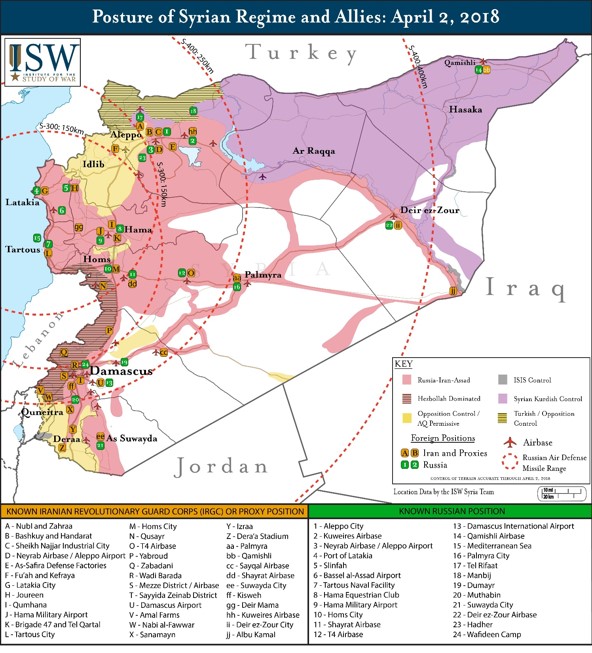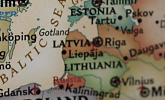Q&A: Chemical Weapons Attack in Syria
April 10, 2018 - ISW Press
Assad targeted a hospital and related sites with a chemical attack to inflict maximum civilian casualties. Enabled by his allies Russia and Iran, Assad likely also sought to test his freedom of action and impunity. What is at stake for the U.S. as it considers a response?










